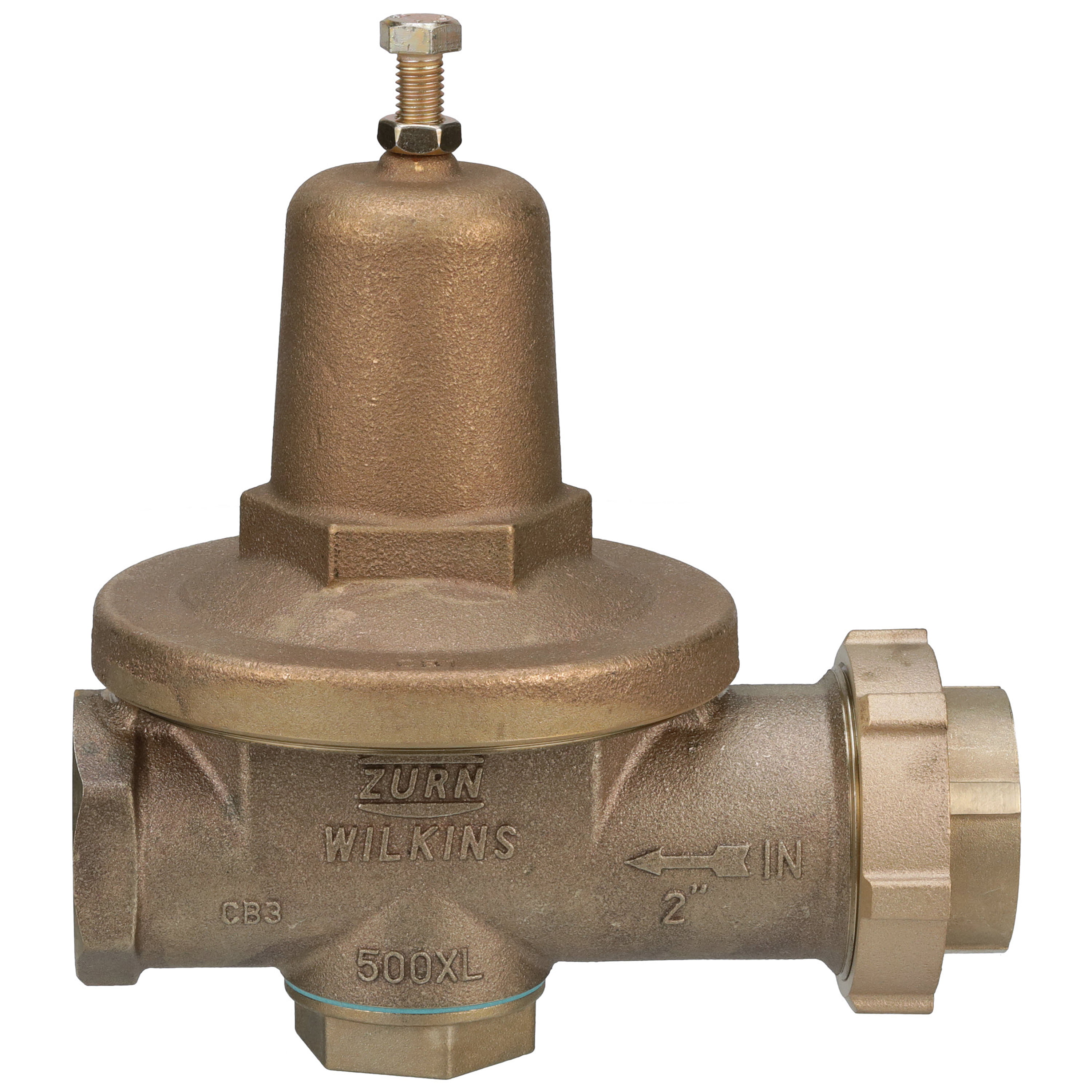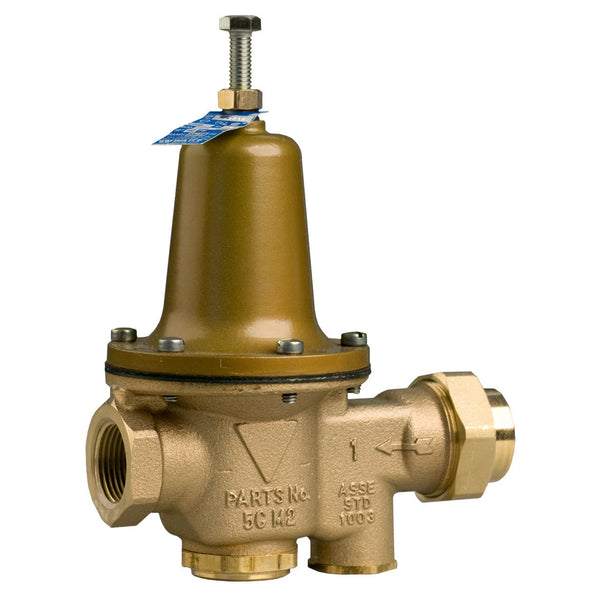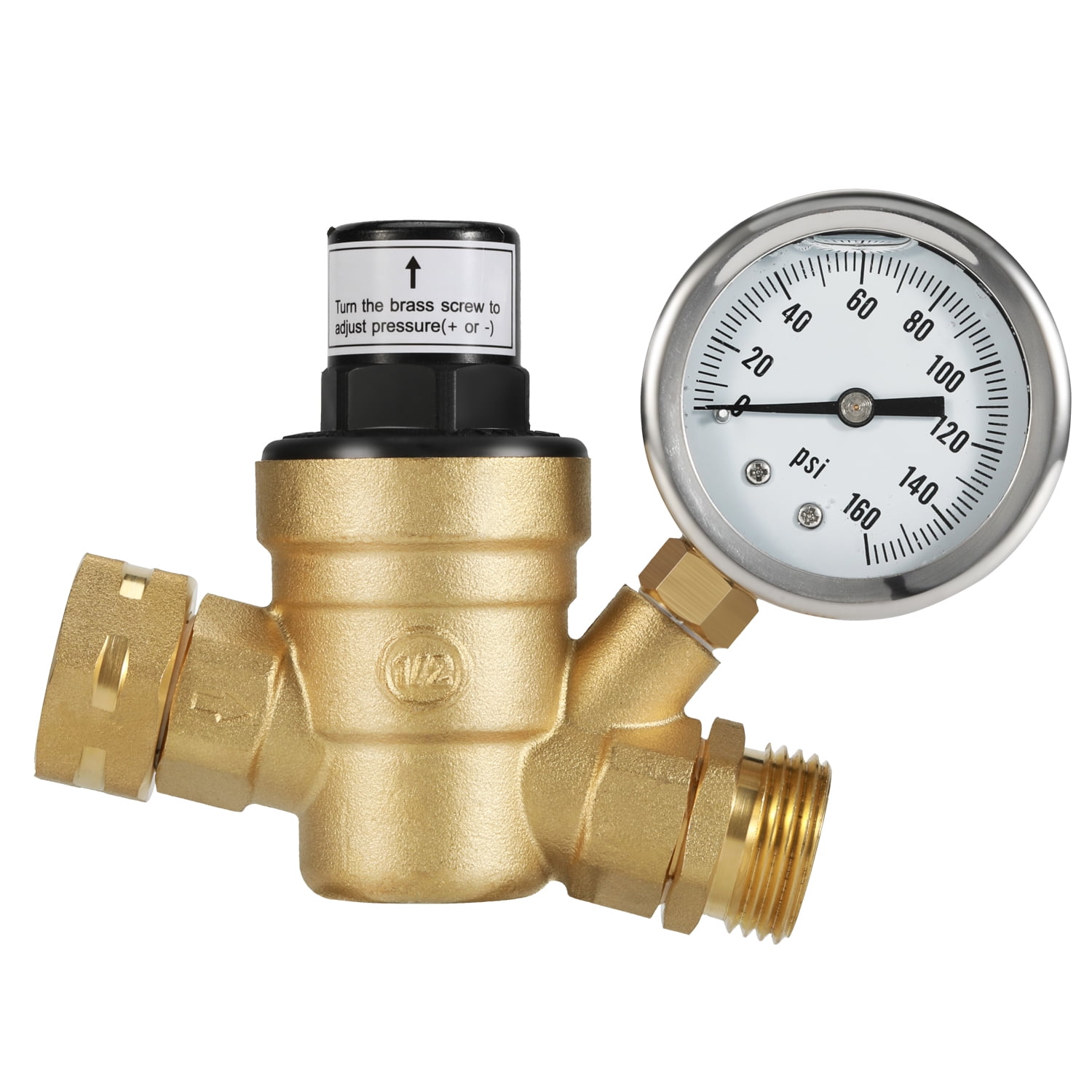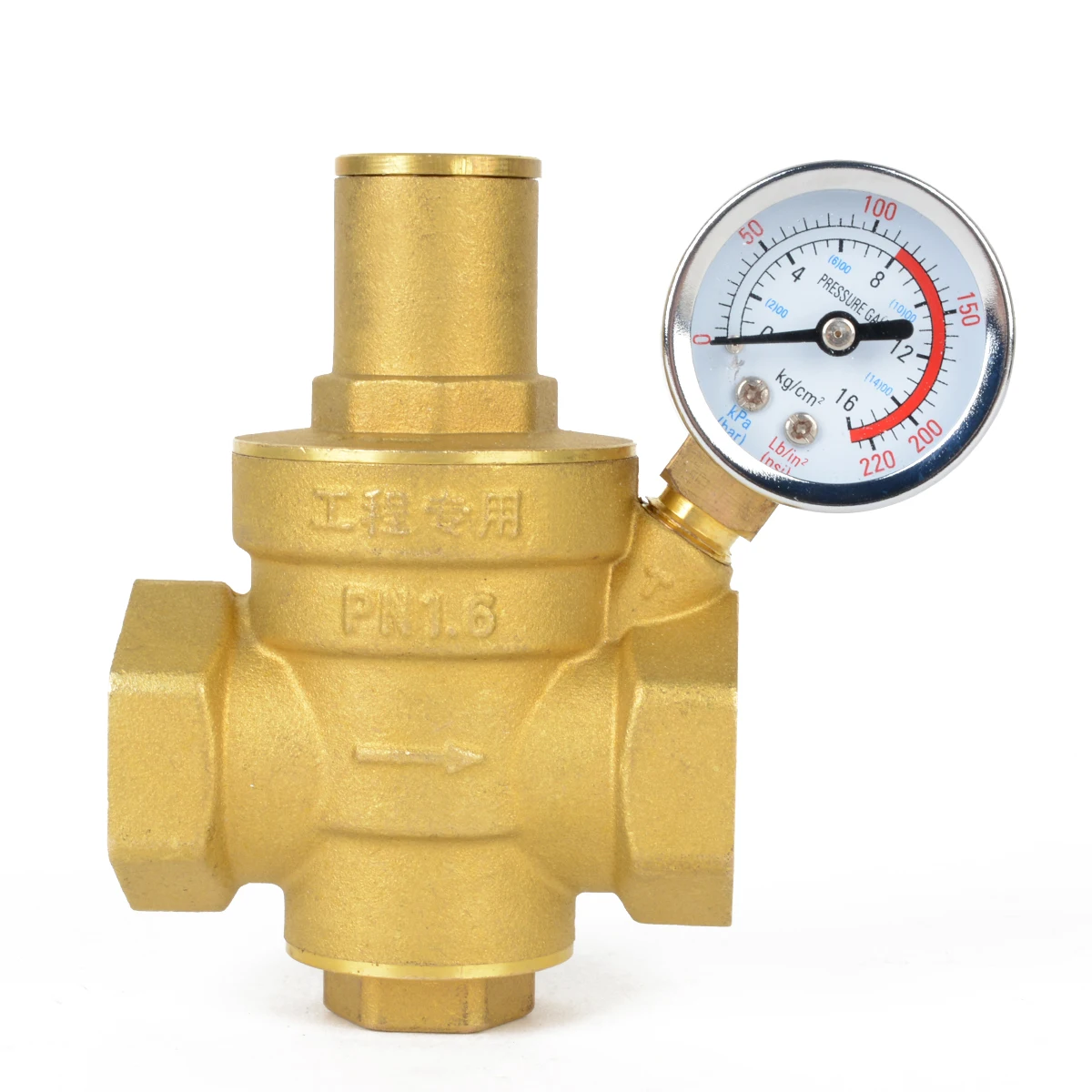Everything You Need To Know About Water Pressure Regulator Valves
Table of Content
Fortunately, adjusting the water pressure in your home is easy to do yourself, and it only requires a few tools that you probably already own. In this article, we’ll tell you exactly how to adjust your water pressure regulator for the perfect water pressure in your home. A high rise office building in Chicago was designed using water conservation products which resulted in savings of more than 3,000,000 gallons of water per year.

The sooner you buy, the better off you'll be if manufacturing doesn't slow down. If, on the other hand, production is falling and prices are expected to climb, you might want to hold off on making a decision until the hype has calmed down. We’re continually assaulted with ads advertising the latest and greatest best water pressure regulator for home. But are they best water pressure regulator for home worth our money? In case you are facing a problem with descending the best option for your use, you can also follow our “Buying Guide” for the best water pressure regulator for home and choose the one accordingly.
Want more water flow - parallel water pressure regulators?
We recommend that all homes have PRVs, not just to benefit Phyn, but because they are a great step that you can take to mitigate the risk of leaks by controlling your water pressure. Having one installed by a professional plumbing will take a few hours. The cost of plumbing work can vary by plumber and location. Installation often requires cutting out a small section of your main water line and soldering the ends of the regulating valve onto your pipe.

Over the course of a year, this can amount to tens of thousands of gallons. On average, a water pressure valve will last 15 years. You can have a plumber determine if yours needs to be replaced. You can check the PSI in advance as well by purchasing a pressure gauge and measuring the water pressure yourself. A water pressure regulator controls the pressure of water that comes into the home from the main line. It’s also called a pressure-reducing valve or PRV for short.
Failing Water Pressure Regulator Valve
Obviously the input pressure to the PRV basically doesn't change at all. So I was thinking - as long as the input pressure is way over my desired pressure, why is my desired pressure dropping at all? Shouldn't the PRV "keep up" and allow more water through to keep the output at the target? Water heater leaks and bursts are a very common occurance. Typically this is caused by higher than necessary water pressure.
Did you find the best water pressure regulator for home you needed? Surely there aren’t many options on the list, but these are simply the best ones we came across and enough for you to select. Make sure you go through every little detail before you buy. And once you’ve made the purchase, rest assured that you’ve spent your money well. You can tell if you need or want a best water pressure regulator for home by looking at your existing inventory.
Pressure-Reducing Valves and Low Water Pressure
In 1971 the Washington Suburban Sanitary Commission conducted a test program in 2,400 dwelling units that has attracted widespread interest from more than 40 states and various foreign countries. One of the devices used in their conservation study was a water pressure reducing valves. It is interesting to note that their report concluded that in test locations using water pressure reducing valves, there was a water consumption reduction of 30% in October and November and 37% in December. Yes, and water hammer is very simply the noise generated by the shocks of high-speed water flowing in a pipe when a fixture is suddenly closed. The sudden stoppage causes a "bounce back" of the water and is called water hammer, causing banging pipes, noisy systems, and damage to appliances.
You’ll want to be able to make sure the valve is in the right position while installing the water pressure regulator. If it’s in the wrong position, it won’t work properly. You’ll notice that most pressure regulator valves have an arrow pointing in the direction of the water flow. Therefore, if you live in the city, you may need a water pressure regulator since you may not be able to control the pressure levels in the first place. In other words, you can control the water pressure just by using the adjustment screw.
Dave Jones is a Professional Plumber and the Midwest Regional Vice President at Roto-Rooter Plumbing & Water Cleanup. In 1992, Jones joined Roto-Rooter as a drain service technician at the age of 18. Since then, he has risen through the ranks into positions of increasing authority. Dave served as general manager of Roto-Rooter’s Charlotte, North Carolina, and Atlanta, Georgia branches before being promoted to Contractor Area Manager and later to Regional Vice President. Dave holds Master Plumber Licenses in Pennsylvania, North Carolina, and Georgia.

Water does not evaporate after we use it and it has to be piped to the wastewater system. Many sewer bill taxes or surcharges are based on the amount of water you use, with the assumption that this water is going into the wastewater system. This is billed to you as a sewer surcharge and, in many cases, the sewer tax can equal the water cost. A water pressure regulator is a dome-shaped brass fitting that generally is found just past the main shutoff valve, where the main water line enters the house.
As always, the more feedback you provide to Phyn by labeling and verifying the fixtures being used in your home, the faster it will improve its accuracy. High pressure also causes water hammer, which happens when fast moving water is suddenly stopped by something like a faucet turning off. When pressure is higher, the water hammer effect is magnified. When it comes to water pressure, the measurement is done in pounds per square inch, or psi. When your water comes from a municipal source, it’s not uncommon for pressures to reach 200 psi. In addition, high water pressure can damage the irrigation system.

Use a wrench to tighten the bolt to reduce pressure. Place your wrench around the adjusting bolt, then slowly tighten it in quarter turns to reduce your water pressure. If your goal is to increase your water pressure, grab a wrench and place it around the adjusting bolt. Turn it clockwise in short quarter turns to adjust the pressure little by little.
If this pressure is allowed into your home, over time it can cause issues with your plumbing such as broken pipes or joints, damaged fixtures, and more. While most appliances such as washing machines and dishwashers have built-in pressure regulators, having a regulator for the main water line can add an extra layer of protection to your plumbing. For these reasons, a failing water pressure regulator should be replaced as soon as possible. A new installation, on the other hand, is more difficult because it will require some work on the main water line. This service offers a variety of benefits to your home.


Comments
Post a Comment